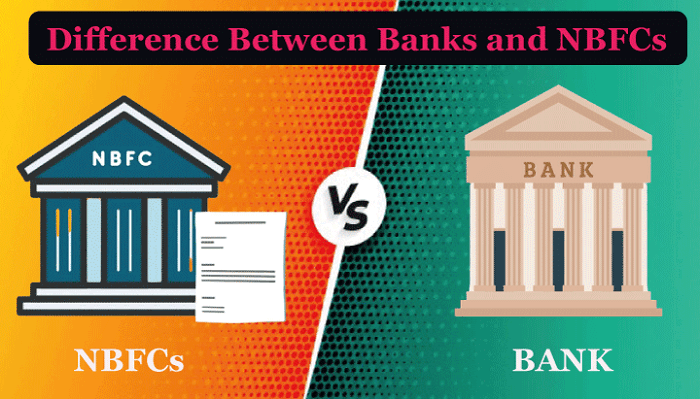Understanding the Current SaaS Funding Environment
Market Trends Shaping Investor Priorities
The SaaS funding landscape in 2025 presents unique challenges and opportunities for entrepreneurs. Investors are now prioritizing capital efficiency and team quality, reflecting the aftermath of the 2021 funding boom. Private equity firms are expanding their role, acquiring venture-backed companies that show operational soundness but lack venture-scale growth.
Key Factors for Successful SaaS Fundraising
Demonstrating Capital Efficiency and Team Excellence
To secure funding in 2025, SaaS founders must showcase their ability to use resources efficiently and highlight the strengths of their team. Investors are looking for disciplined approaches to spending and growth, as well as capable teams that can execute plans effectively.
Crafting a Compelling Fundraising Strategy
Aligning with Investor Expectations
Developing a clear go-to-market strategy is crucial for attracting investment. SaaS founders should focus on presenting scalable growth models, solid business plans, and clear paths to profitability. Understanding investor expectations helps in tailoring pitches and increasing success chances.
Exploring Alternative Funding Methods
Considering Bootstrapping and Crowdfunding
While traditional venture capital remains a primary funding source, exploring alternative methods like bootstrapping can be beneficial. Crowdfunding platforms such as Kickstarter, Indiegogo, and equity crowdfunding options like SeedInvest and Republic offer additional avenues for raising capital.
Targeting the Right Investors
Assessing Investor Fit and Industry Expertise
Before approaching investors, it’s crucial to assess their fit with your SaaS startup. Consider factors such as investment focus, typical investment size, industry expertise, and alignment with your company’s values and mission. Research potential investors’ track records and portfolio companies to ensure a good match.
Optimizing Your SaaS Pitch
Crafting a Compelling Narrative
When presenting your SaaS startup to investors, focus on creating a narrative that highlights your unique value proposition, market opportunity, and growth potential. Use data-driven insights to support your claims and demonstrate a deep understanding of your target market.
Leveraging SEO for Investor Attraction
Enhancing Online Visibility
Optimize your online presence to attract potential investors. Create SEO-friendly content that showcases your expertise and thought leadership in the SaaS industry. Use relevant keywords, create compelling meta descriptions, and structure your content with appropriate headers to improve search engine visibility.
Building Relationships in the SaaS Ecosystem
Networking and Partnerships
Develop strong relationships within the SaaS ecosystem. Attend industry events, participate in startup accelerators, and engage with potential mentors and advisors. These connections can provide valuable insights and potentially lead to introductions to investors.
Preparing for Due Diligence
Organizing Financial and Operational Data
Anticipate investor due diligence by preparing comprehensive financial and operational data. Ensure your metrics, particularly those related to customer acquisition costs, lifetime value, and churn rates, are well-documented and demonstrate a strong understanding of your business model.
Adapting to Evolving Investor Preferences
Staying Informed on Market Trends
Stay updated on the latest trends in SaaS funding and investor preferences. Be prepared to adapt your fundraising strategy as the market evolves, considering factors such as the increasing role of impact investing and the expanding investor base that now includes private equity and sovereign wealth funds.
By following these strategies and staying adaptable in the dynamic SaaS funding landscape of 2025, entrepreneurs can significantly improve their chances of securing the capital needed to fuel their growth and success.









